Roux-en-Y, also known as gastric bypass surgery, involves reducing the size of your stomach and rerouting part of your small intestine.
For more information call 805-737-3382
At Lompoc Valley Medical Center, we offer Roux-en-Y gastric bypass surgery and sleeve gastrectomy. These two surgery types make up almost 80 percent of all bariatric surgeries performed in the US.
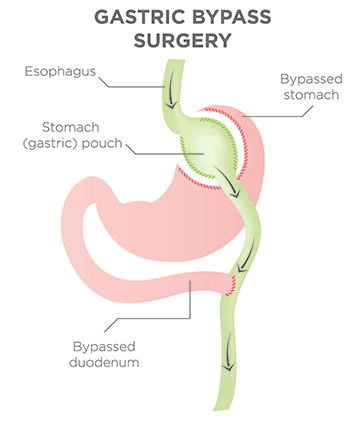 Roux-en-Y gastric bypass surgery involves reducing the size of your stomach
and rerouting part of your small intestine. A smaller stomach will allow
you to eat smaller food portions and avoid overeating. Having your small
intestine rerouted will enable your body to absorb fewer calories from
the foods you eat. This weight-loss surgery is both a restrictive and
malabsorptive procedure due to the way it restricts portion sizes and
prevents your body from absorbing high amounts of calories.
Roux-en-Y gastric bypass surgery involves reducing the size of your stomach
and rerouting part of your small intestine. A smaller stomach will allow
you to eat smaller food portions and avoid overeating. Having your small
intestine rerouted will enable your body to absorb fewer calories from
the foods you eat. This weight-loss surgery is both a restrictive and
malabsorptive procedure due to the way it restricts portion sizes and
prevents your body from absorbing high amounts of calories.
During Roux-en-Y gastric bypass surgery, we staple part of the stomach to create a smaller stomach pouch. Then, we cut part of the small intestine and attach it directly to the stomach pouch so food can bypass parts of the stomach and intestine that absorb the majority of calories.
Roux-en-Y gastric bypass surgery is performed as a minimally invasive laparoscopic surgery, which means it is safer and far less invasive than open surgery. We make a few small incisions instead of one long incision and insert a tiny camera and other surgical tools that provide a clear and precise view of your stomach while we perform the procedure.
Minimally invasive surgery is a technique your doctor will use to perform your weight loss surgery. Your surgeon will make small cuts and use a long, thin camera (called a scope) to make your stomach smaller. More than 95 percent of surgeries are minimally invasive. Having minimally invasive surgery has many benefits that make your surgery and recovery easier. Benefits include the following:
If you have problems with your incisions (where your surgeon cut into your skin during your surgery), these problems are usually minor.
Gastric Sleeve vs Gastric Bypass: What’s the Difference?
If you are a candidate for bariatric or weight loss surgery, you may be eligible for surgery performed using the da Vinci XI Single Console Robotic System. The da Vinci enables our surgeons to use computer-guided, enhanced 3D visuals to perform many standard procedures.
This advancement in surgical systems typically results in shorter stays, reduced pain, faster recovery time, smaller incisions, and minimal scarring.
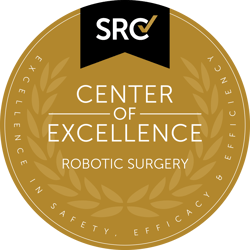
Lompoc Valley Medical Center is an SRC-accredited Center of Excellence in Robotic Surgery (COERS)
SRC is a nonprofit patient safety organization that accredits the top hospitals, outpatient facilities and medical providers who excel in patient care.
To achieve accreditation, providers undergo a rigorous, unbiased inspection to ensure they meet nationally and internationally recognized standards of excellence. The inspection evaluates treatment pathways, consultative services, equipment, patient education and support groups, and surgical experience.
Patients can trust SRC’s gold seal to identify healthcare providers who deliver excellence in patient safety and care. The requirements for accreditation programs have been proven to improve outcomes and reduce the time patients spend in the hospital.
The Lompoc Valley Medical Center, bariatric surgery program, has been accredited as a Comprehensive Center by the Metabolic and Bariatric Surgery Accreditation and Quality Improvement Program, a joint Quality Program of the American College of Surgeons and American Society for Metabolic and Bariatric Surgery. Patients seeking surgical treatment for obesity and related conditions have a high-quality choice for receiving care from our nationally accredited program, which meets the highest standards for patient safety and quality.
Your weight loss journey is personal—and it's an important decision. That's why our expert team will work with you to navigate the process from beginning to end and choose the surgical option that fits your needs. We offer a full range of procedures, conveniently in town. We've helped lots of people achieve their goals! Let us help you too.

What people didn’t see or understand was that when my dad was 21, he was in a severe car crash. The impact ...
Continue Reading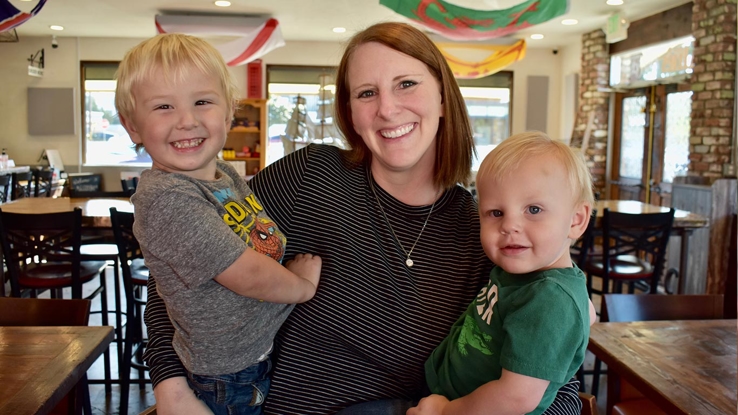
Nothing seemed to work. And as she neared the end of her pregnancy leave, she had another major problem: as a medic ...
Continue Reading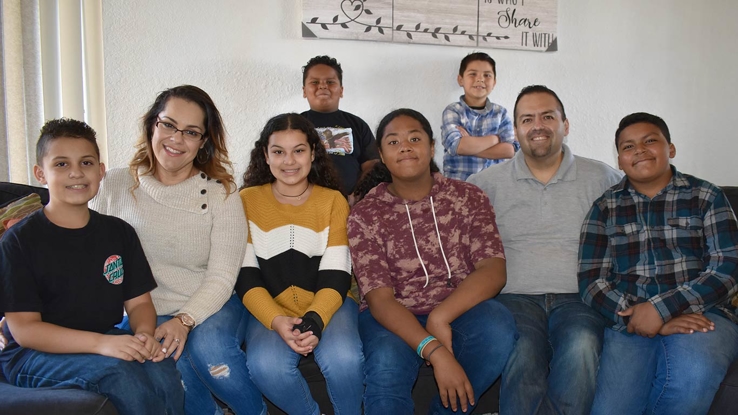
Armando felt like a healthy person, and he had no other major medical issues such as diabetes or high blood ...
Continue Reading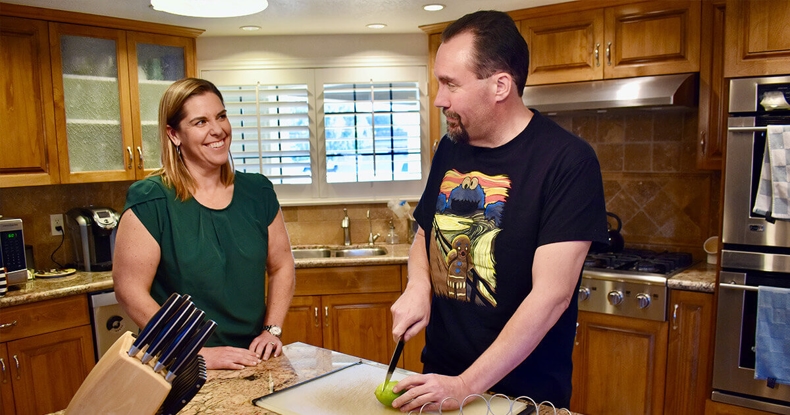
As a married professional couple with an adventurous and busy social life, Jessica and John Bailey had so many ...
Continue Reading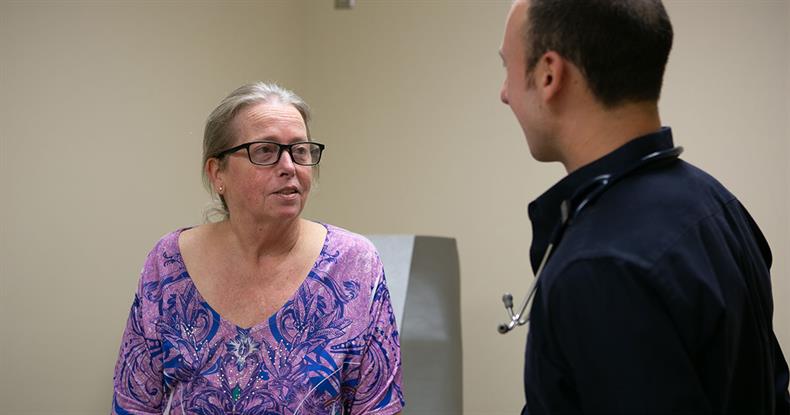
Looking back at her life, Janet Schrader can easily mark the times when she gained a lot of weight. When she was ...
Continue Reading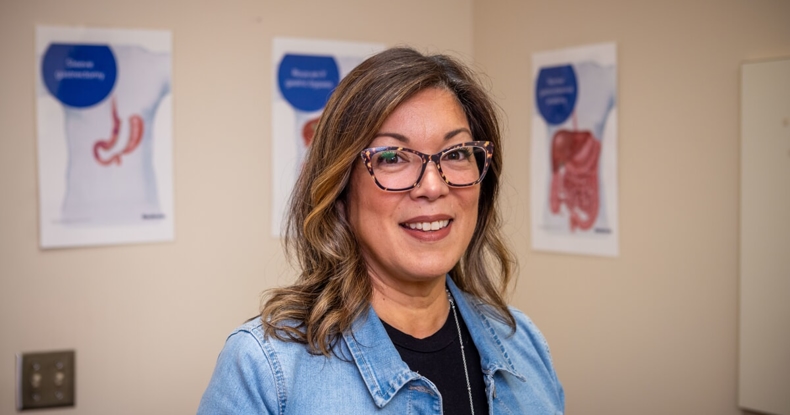
Nearing her mid-50s, Mona Martin found she was facing a host of medical problems – she was overweight, had ...
Continue Reading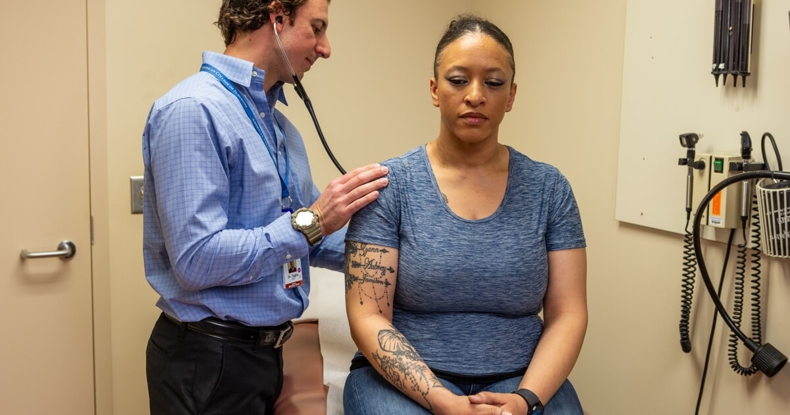
After having bariatric weight loss surgery, Ashunta McMillan laughed at the things she noticed about herself. ...
Continue Reading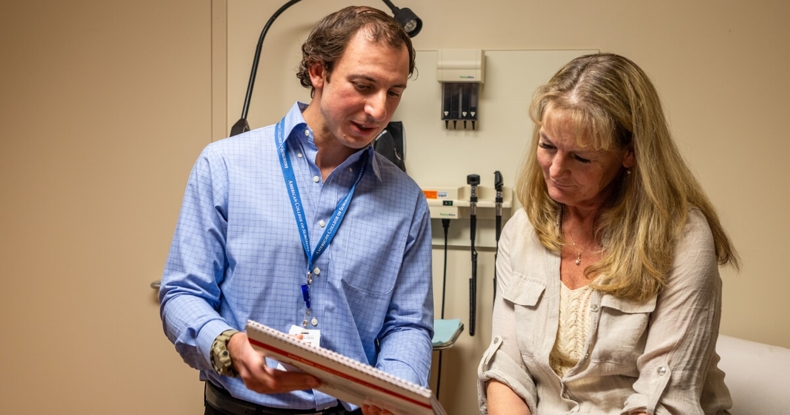
The weight gain didn’t come all at once for Leslie Wuest. She considered herself active and worked out. She was fit ...
Continue Reading